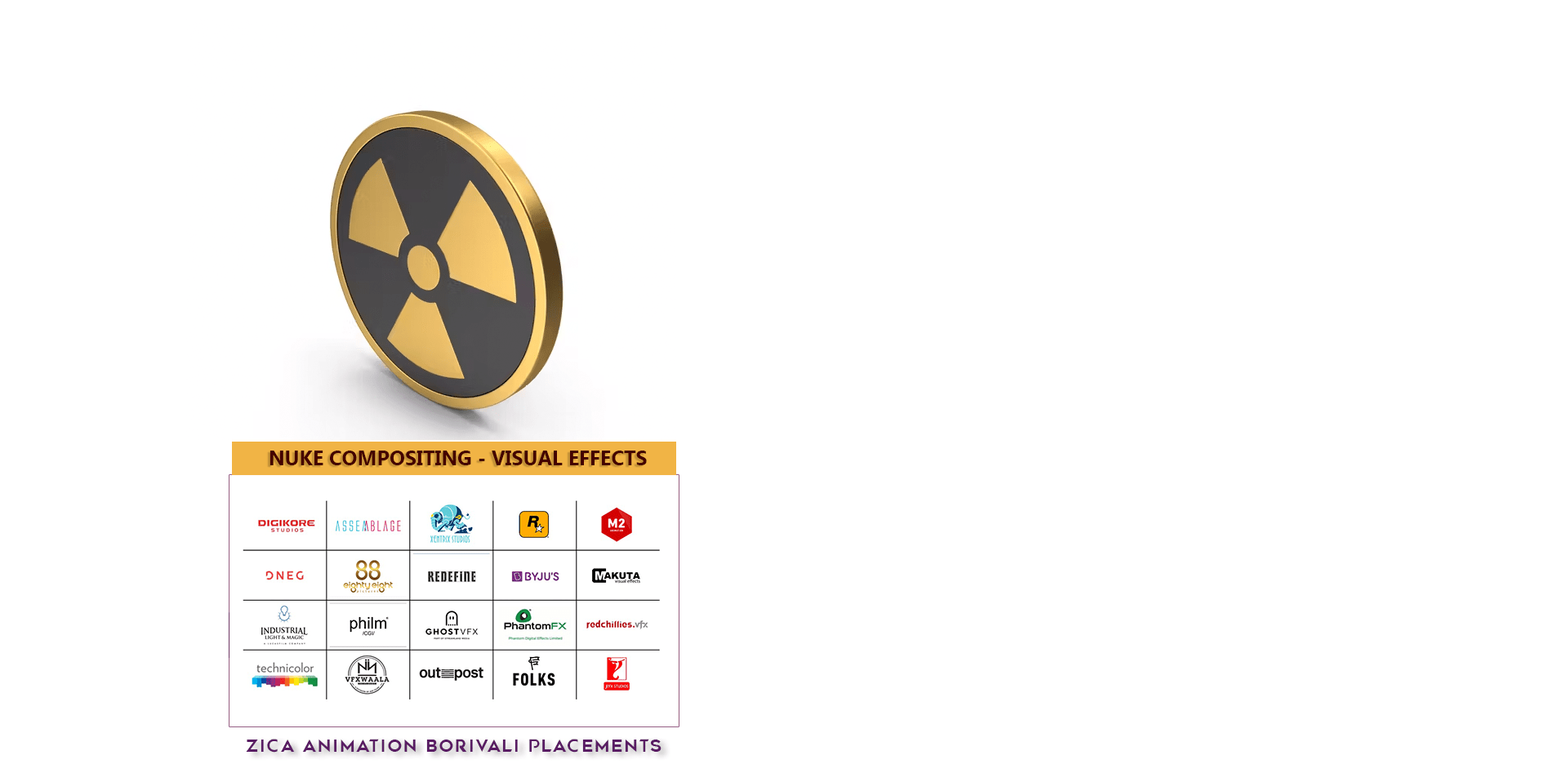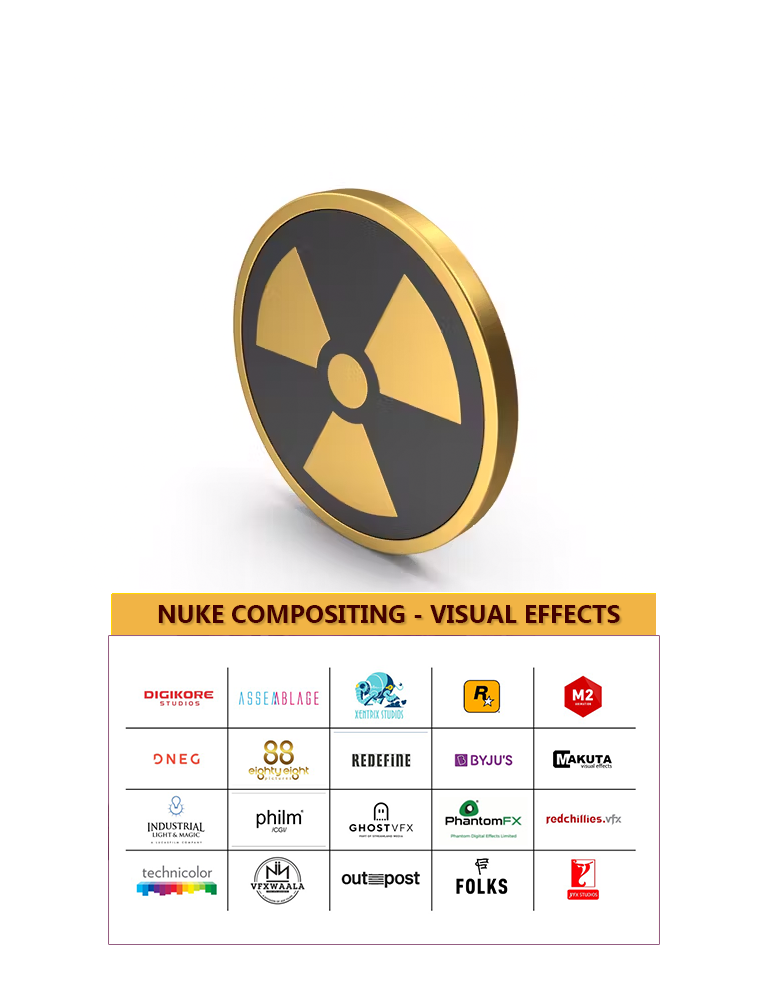
What is Nuke compositing in VFX?:
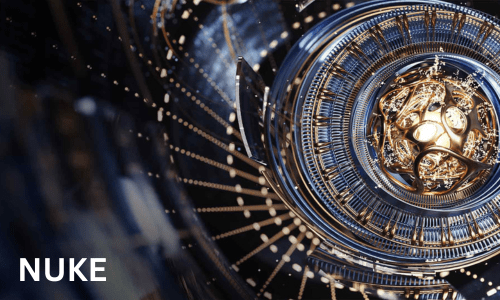
At ZICA Animation Borivali, Mumbai, students delve into advanced compositing techniques using Nuke. Compositing, the amalgamation of two or more images to form a single cohesive picture, is a cornerstone of visual storytelling. It occurs either on-set, within the camera, or during post-production. A quintessential example is weather forecasting, where a weatherman stands before a green screen, overlaid with weather details. Popular compositing methods include CGI integration, matting for seamless layering, multiple exposure for dynamic visuals, and blue or green screen technology for versatile background replacement. Additionally, physical compositing and front or rear projection techniques enrich the toolkit for creating captivating visual narratives.
Enquire Now !
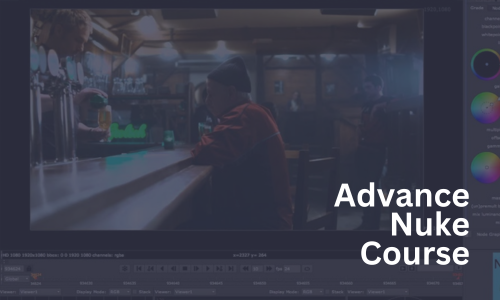
Advance Nuke Course Outcomes:
Proficiency as a Compositing Artist in Nuke:
Master the intricacies of Nuke software, becoming adept at creating seamless composites and visually captivating effects.
Chroma-Keying Mastery:
Acquire the skills necessary to perform chroma-keying effectively, seamlessly integrating subjects into diverse backgrounds with precision.
Integration of CG and Live-Action Footage:
Learn to merge computer-generated imagery (CG) with live-action footage, enhancing visual storytelling and expanding creative possibilities.
Exploration of Camera Tracking Techniques:
Delve into the realm of 2D and 3D camera tracking, enabling the integration of virtual elements into real-world scenes and achieving cinematic realism.
Clip Stabilization Proficiency:
Explore techniques for stabilizing clips, ensuring smooth and professional-looking footage.
Rotoscopy and Set Extension Expertise:
Develop proficiency in rotoscopy techniques, essential for isolating and manipulating specific elements within a scene. Additionally, learn to extend sets digitally, expanding the scope of visual narratives.
Comprehensive Nuke Toolset Mastery:
Gain a deep understanding of Nuke's extensive toolset, empowering you to navigate and utilize its features with confidence and efficiency.
Enquire Now !Nuke course Overview
Become professional compositing artist in Nuke
Nuke stands out as a premier compositing and visual effects tool, renowned for its unparalleled capabilities. Empowering compositors to craft pixel-perfect digital content, Nuke's robust toolsets and adaptable framework facilitate the creation of stunning visuals using a myriad of elements including footage, CGI, 3D models, text, and imagery.
Prepare to delve into the intricacies of compositing, color balancing, grading, and rotoscopy through comprehensive Nuke training. This course unveils various compositing workflows, encompassing 2D point tracking, 3D camera tracking, stabilization, camera projection, color correction, Chroma Keying, spill suppression, and both 2D and 3D compositing techniques within the Nuke environment. Embark on a journey to master the art of visual storytelling with Nuke at ZICA Animation Borivali, Mumbai.
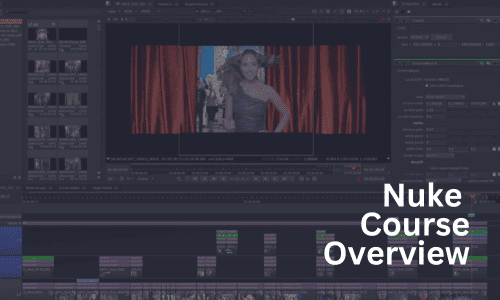
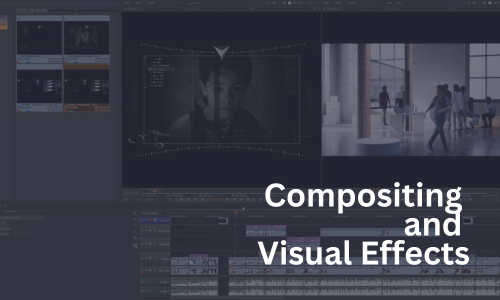
Mastering Nuke: Advanced Compositing and Visual Effects
This course is designed to provide participants with a comprehensive understanding of Nuke, a leading compositing and visual effects software used in the film, television, and animation industries. Through hands-on exercises and projects, participants will explore advanced compositing techniques, visual effects creation, and the integration of CGI elements with live-action footage.
Nuke Course duration
12 Weeks. Alternate Days, 1.5 Hours Daily.
Enquire Now !Nuke Course content Outline:
Introduction to Nuke
Overview of Nuke's interface and workspace
Understanding nodes and node-based compositing
Introduction to Nuke's toolsets and features
Basic Compositing Techniques
Layer-based compositing vs. node-based compositing
Working with channels, layers, and masks
Basic color correction and grading in Nuke
Advanced Compositing Techniques
Green screen and chroma keying
Keying methods: Primatte, Keylight, etc
Rotoscoping techniques and strategies
Integration of CG Elements
Importing and integrating 3D renders into Nuke
Compositing CG elements with live-action footage
Lighting and shading considerations for seamless integration
Camera Tracking and Matchmoving
Introduction to camera tracking and matchmoving
2D and 3D tracking techniques in Nuke
Stabilization and tracking for VFX shots
Advanced Effects Creation
Particle systems and dynamics in Nuke
Lens distortion and optical effects
Depth-based compositing and depth of field effects
Project-Based Learning
Guided projects to apply learned techniques in real-world scenarios
Collaboration and troubleshooting in a production environment
Feedback and critique sessions to enhance skills
Nuke Scripting and Automation
Introduction to Nuke's scripting language (Python)
Automating repetitive tasks and workflows
Customizing Nuke's interface and tools
Pipeline Integration and Best Practices
Nuke in the production pipeline: integration with other software
Optimizing workflows for efficiency and collaboration
Versioning, rendering, and delivery considerations
Portfolio Development and Career Guidance
Building a professional demo reel showcasing Nuke skills
Career paths and opportunities in the VFX and animation industries
Networking and job search strategies
Enquire Now !


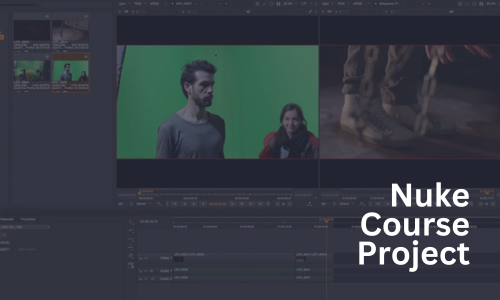
Nuke Course Project:
Participants will work on a final project where they will apply all the techniques learned throughout the course to create a polished visual effects shot or sequence.
Prerequisites:
Basic understanding of compositing and visual effects principles is recommended. Familiarity with other VFX software is a plus but not required.
Hardware and Software Requirements for Nuke Software:
Participants should have access to a computer with the latest version of Nuke installed. A graphics tablet and/or a high-resolution monitor are recommended for precision work.
Enquire Now !About Nuke | FAQ
What is Nuke used for?
Nuke, a premier compositing and VFX tool, dominates the film industry, emerging as the mainstream choice for high-end compositing and visual effects.
What is the job profile of a Nuke artist?
Nuke artists craft captivating composites and visual effects for a spectrum of media, including movies, games, TV series, web series, and TV commercials, showcasing their versatility across diverse platforms.
How does Nuke workflow function?
Nuke operates on a node-based system where interconnected nodes are saved within scripts. Each node encapsulates attributes and functions, ensuring non-destructive editing and facilitating efficient compositing workflows in Nuke.
Who uses Nuke?
Nuke is pivotal for compositing and visual effects in films, TV commercials, series, and more. It's a staple tool for Compositors, Roto Artists, Nuke Generalists, and VFX professionals across industries.
Which one is more important, assignments or projects?
Assignments and projects are integral to skill development. While assignments deepen understanding, projects reflect comprehensive software utilization. In a Nuke Compositing course, projects integrate learned concepts, skills, and tools, emphasizing practical application and tangible outcomes, distinguishing them from exploratory assignments.
Are features of Nuke similar for mac and windows? Or are they different?
Nuke offers identical features on both Windows and macOS platforms. Yet, some platform-specific differences exist, notably in shortcut keys. Otherwise, the software maintains parity across operating systems for seamless user experience.
Is Nuke available for Mac?
Indeed, Nuke is compatible with Mac, Windows, and Linux operating systems, offering flexibility and accessibility across various platforms for users in diverse environments.
Enquire Now !
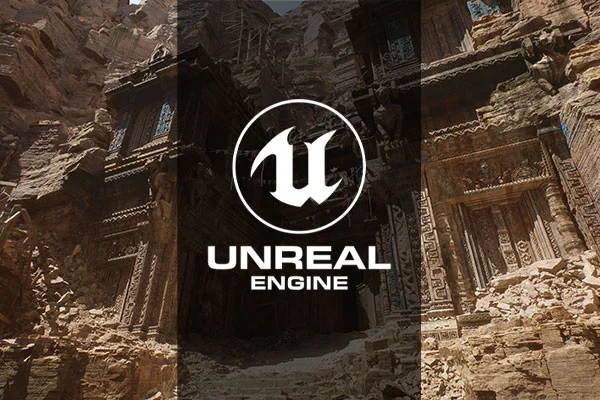
What Is Unreal Engine 5 (UE5)?
Unreal Engine 5 represents a significant leap forward in real-time 3D content creation, empowering developers to create stunning and immersive experiences across various industries. As the engine continues to evolve, staying updated with the latest features and tools will be essential for maximizing its potential.
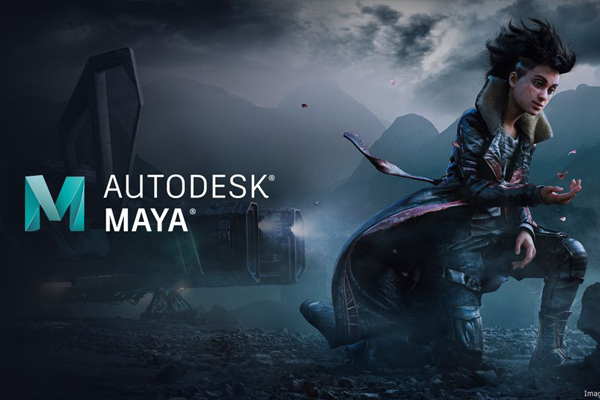
MAYA Integration with Game Engines:
FBX Support: Maya supports the FBX file format, facilitating the transfer of 3D assets between different software applications and game engines.
Direct Integration Plugins: Some game engines, such as Unreal Engine and Unity, have direct integration plugins for Autodesk Maya, streamlining the import process.
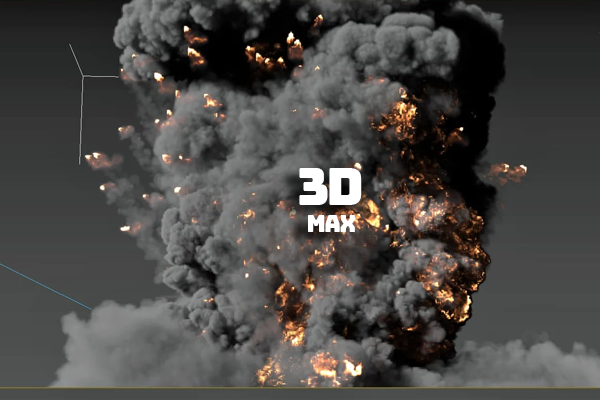
Autodesk 3Ds Max for Gaming
Autodesk 3ds Max is a comprehensive 3D modeling, animation, and rendering software widely used in various industries, including gaming. Game developers often leverage 3ds Max for creating 3D assets, characters, environments, animations, and more. Here are some key aspects of using Autodesk 3ds Max for game development:
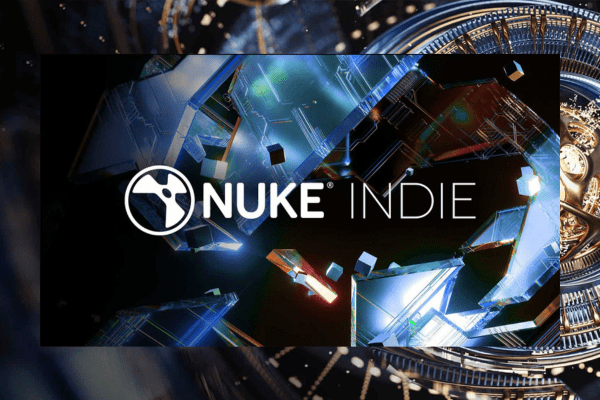
Nuke Compositing Visual Effects
Master B, the premier compositing and visual effects tool, to become a professional compositing artist. Nuke's versatile features enable crafting pixel-perfect digital content with CGI, footage, 3D models, text, and imagery. Its robust toolsets and adaptable framework empower compositors to create stunning visuals, making it a top choice in the industry.
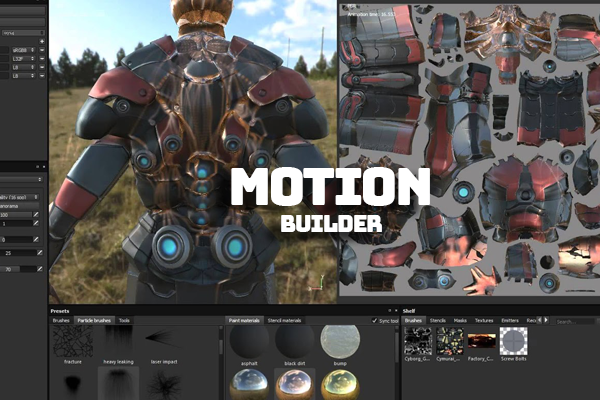
Motionbuilder Capture and Editing
Real-Time Animation: MotionBuilder excels in real-time character animation, making it well-suited for motion capture workflows where actors' movements are recorded and applied to 3D characters instantly.
Smoother Workflows: The software offers tools for cleaning and editing motion capture data, ensuring smoother and more realistic character animations.
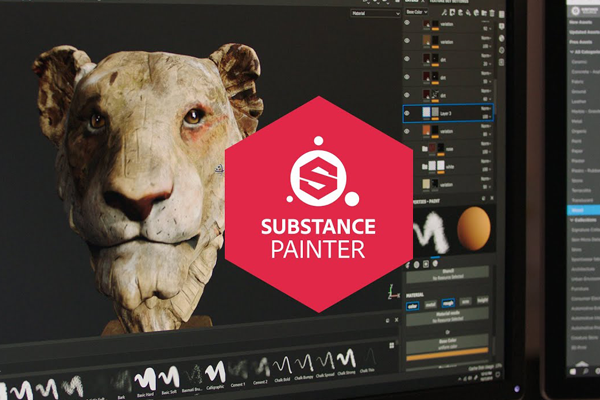
Adobe Substance Painter for gaming
Adobe Substance Painter is a widely used 3D texturing software in the gaming industry, known for its powerful and intuitive tools for creating high-quality textures and materials. Game developers leverage Substance Painter to enhance the visual appeal of 3D models, ensuring that they look realistic and engaging in various gaming environments. Here are key aspects of using Adobe Substance Painter for gaming
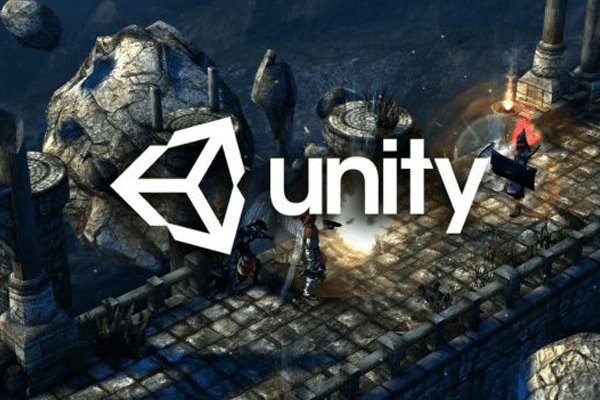
Unity Graphics and Rendering
Unity provides a high-quality rendering engine that supports both 2D and 3D graphics. The engine supports modern rendering techniques, including Physically Based Rendering (PBR), to achieve realistic visuals.
Unity offers robust animation and rigging tools, allowing developers to create dynamic and expressive character animations for their games.
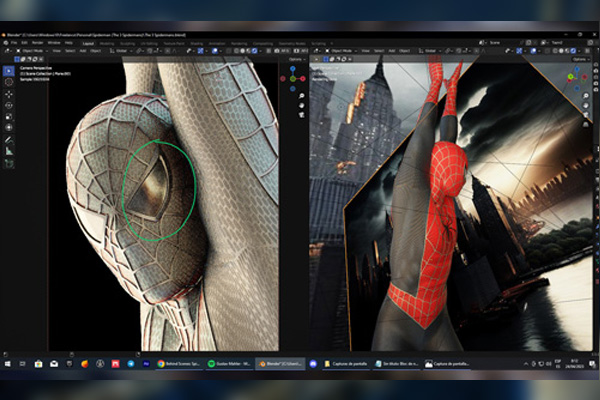
Blender Software course
Explore Blender software training at ZICA Animation in Borivali.
Learn 3D modeling, animation, rendering, and more. Ideal for beginners and professionals. Hands-on projects, supportive community, and industry-relevant curriculum.
Kickstart your career in animation today!
CONTACT US FOR FURTHER INFORMATION
LOCATION ADDRESS :
Borivali Branch:2nd Floor, Thakkar Shopping Centre, Showroom 3, Swami Vivekananda Rd, Borivali West, Mumbai, Maharashtra 400092
302, Rishikesh Apartment, Swami Vivekananda Rd, above Sapna Hotel, opp. N. L. School, Malad West, Mumbai, Maharashtra 400064
Phone No :
+918828225522+919004814410
Mail Us :
zica.borivali@gmail.com
GAMING |
PHOTOSHOP |
CORELDRAW |
NUKE |
UNREAL ENGINE |
SHORT TERM |
What after 12th?
